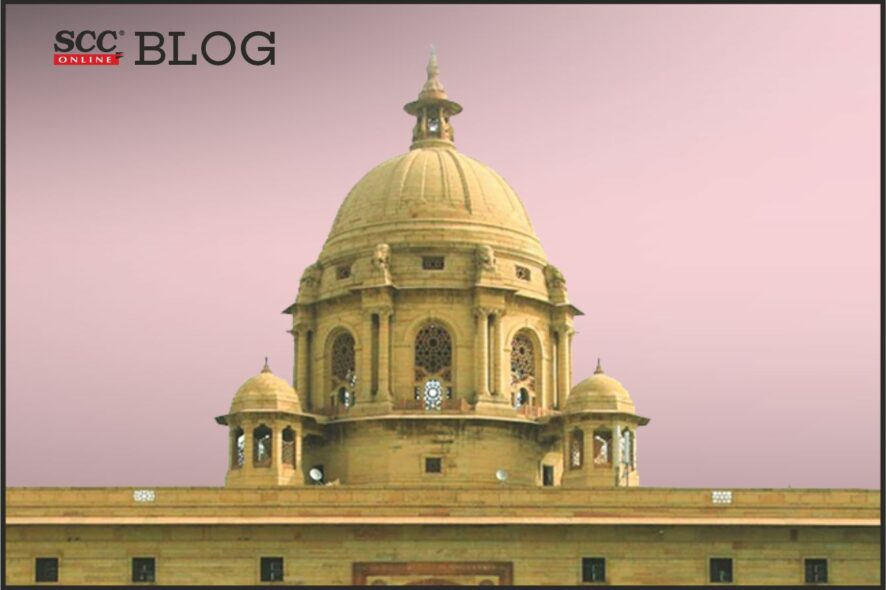On 28-06-2022, Central Government notified new rules namely, “Forest (Conservation) Rules, 2022” to further carry out the protection and preservation of forests in India under Forest Conservation Act, 1980 (Act). These rules supersede the Forest Conservations Rules, 2003 and come into immediate effect.
Key Points:
- Ensure that each State/UTs will protect and improve the forests atmosphere and put the forest land to better use. Forests can be diverted for developmental purposes such as roads, railways, plants, mining, etc. In case of such diversions, these lands are to be used according to the non-forestry manners.
- By Compensatory Afforestation (CA), non-forest lands are diverted by user agency and are funded by State/UTs departments. [CA defined in Rule 2 (e)]
- Section 2 of the Act imposes restrictions on ‘de-reservation’ of the forest that can be used for the non-forestry purpose. Reserved forest can be after ‘reafforestation’ and clearing can be put to ‘non-forest purpose’ after ‘final’ approval of the proposal from the Central Government under Rule 9.
- Section 11 defines the process of Compensatory Afforestation where user agency can provide the land and the cost will be borne by Forest Department as per the fixed rates given Schedule I. These lands should be excluded from provisions of Indian Forest Act, 1927.
- Government has made sure that the lands which are taken up for Compensatory Afforestation should bear vegetation of less than 0.4 canopy density.
- Project Screening Committee is created by State/UT Government. The committee consisting of Nodal Officer as Chairperson will examine and assist procedures taken up under Sec. 2 of the Act.
- Advisory Committee will be formed under Rule 3, will grant approval for-
- De-reservation;
- Principal approval of the proposal to the Central Government;
- Any matter connected with the conservation of forests referred to the Advisory Committee by the Central Government.







